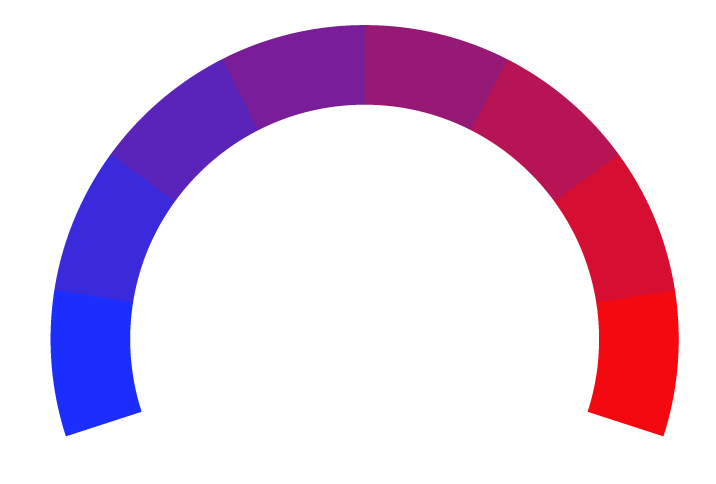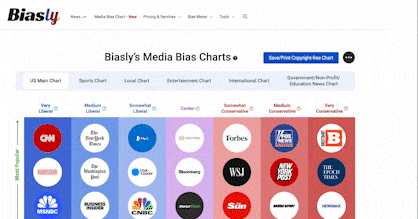 Counter Punch Article Rating
Counter Punch Article RatingExplaining 21st-Century Capitalism in a Way Everyone Can Understand - CounterPunch.org
- Bias Rating
- Reliability
N/AN/A
- Policy Leaning
58% Medium Right
- Politician Portrayal
N/A
Continue For Free
Create your free account to see the in-depth bias analytics and more.
By creating an account, you agree to our Terms and Privacy Policy, and subscribe to email updates.
Bias Score Analysis
The A.I. bias rating includes policy and politician portrayal leanings based on the author’s tone found in the article using machine learning. Bias scores are on a scale of -100% to 100% with higher negative scores being more liberal and higher positive scores being more conservative, and 0% being neutral.
Sentiments
N/A
- Liberal
- Conservative
| Sentence | Sentiment | Bias |
|---|---|---|
Unlock this feature by upgrading to the Pro plan. | ||
Reliability Score Analysis
Policy Leaning Analysis
Politician Portrayal Analysis
Bias Meter
Extremely
Liberal
Very
Liberal
Moderately
Liberal
Somewhat Liberal
Center
Somewhat Conservative
Moderately
Conservative
Very
Conservative
Extremely
Conservative
-100%
Liberal
100%
Conservative

Contributing sentiments towards policy:
61% : The number of people feeling that way about capitalism is rising globally.58% : Capitalism is just one particular way of -- a system for -- organizing the production and distribution of goods and services.
57% : Profit maximization and markets were always carefully limited and designed to serve the reproduction of capitalism.
56% : Capitalism inserts the market into the core relationship between the system's two major positions: employer and employee.
55% : Only when slavery and feudalism declined did some markets emerge for labor power and, thereby, signal some transition toward capitalism.
54% : They then insisted that such a model captures (adequately represents) how capitalism works.
54% : The market is another institution capitalism utilizes to reproduce itself.
52% : Clarifying the basics of capitalism, which is to be superseded, can help move society forward now.
51% : For capitalism, markets provided the means to secure its crucial ratio: the difference between the value paid for labor power (the wage) and the value added by the laborer's work effort.
51% : The most reasonable expectation is that capitalism, having been born and evolved, will also cease to exist one day.
50% : The profit system reproduces capitalism over time by reproducing the capitalists at one end and the workers needing jobs at the other.
49% : Capitalism, like slavery and feudalism, divides those engaged with the production and distribution of goods and services into two groups, one small and the other large.
49% : Only a narrow, ideological fundamentalism raises markets, profits, or capitalism itself to a status above history as if any of them had the power to stop the flow of change.
46% : Slavery and feudalism had markets, but not in a unique way and not to the extent that capitalism does.
46% : Instead, most of these economists merely advanced yet another set of absolutist claims on behalf of capitalism.
45% : The mathematical model is simple, but capitalism is not.
*Our bias meter rating uses data science including sentiment analysis, machine learning and our proprietary algorithm for determining biases in news articles. Bias scores are on a scale of -100% to 100% with higher negative scores being more liberal and higher positive scores being more conservative, and 0% being neutral. The rating is an independent analysis and is not affiliated nor sponsored by the news source or any other organization.




























